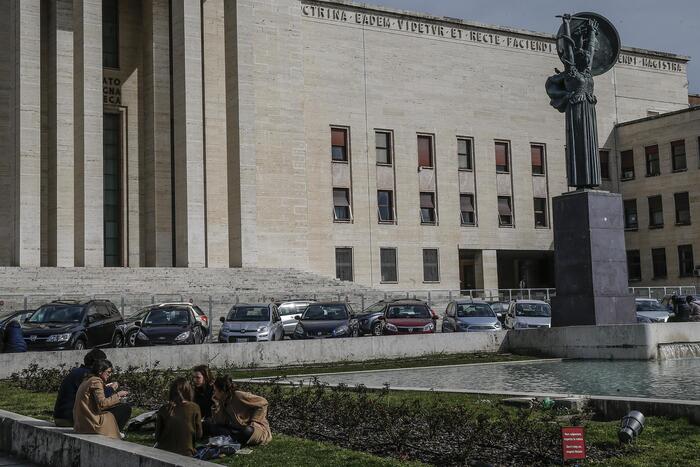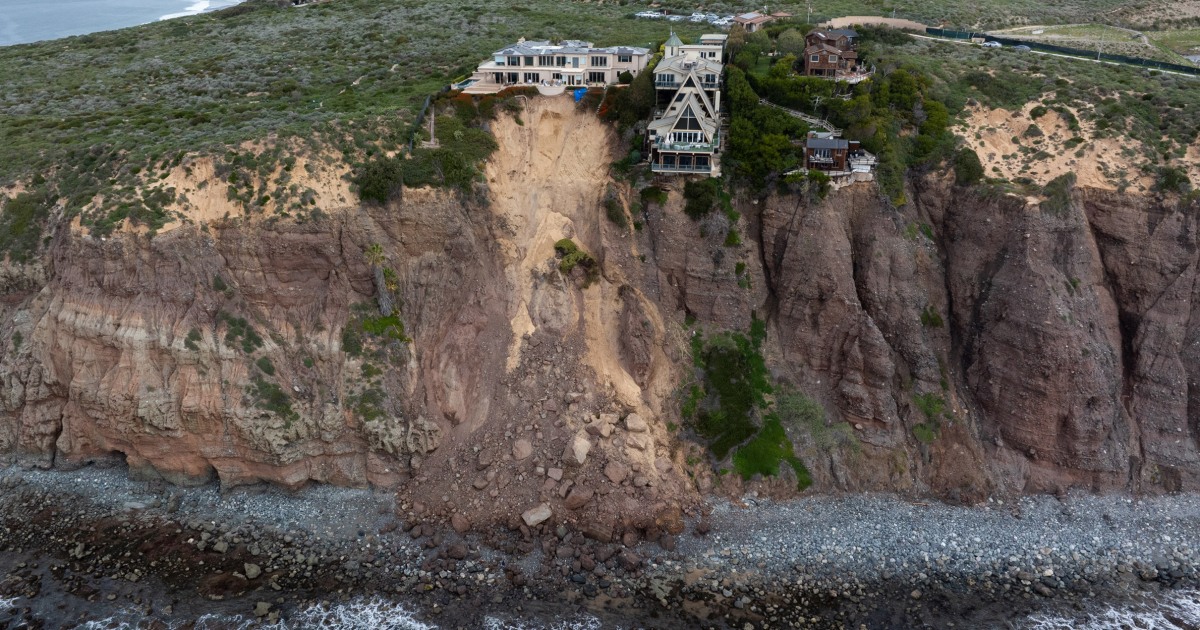Drought, year four.
On Friday, another year of the California water cycle closed.
October 1 is the first day of the new calendar for experts in the State.
It is the beginning of the rainy season.
These have been forced to lower optimism.
As if they were a Punxsutawney Phil, the groundhog that anticipates the end of winter, meteorologists from the National Weather Service have predicted this Monday another year of scarcity and difficulties.
This lengthens the pressing situation that the most populous entity in the United States has suffered for three years, the driest ever recorded, exceeding the period from 2013 to 2015, an emergency that culminated in a surprising and torrential winter rain.
"We must adapt to our new climate reality," California Water Resources Director Karla Nemeth said Monday.
Through a statement, the official reviewed the extreme conditions that the region has experienced in recent weeks.
Intense and long heat waves have coexisted with copious rains, which have only benefited isolated parts without reversing the drought condition that has become entrenched in this agricultural power.
These rains have left two of the most important reserves in California, Lakes Oroville and Shasta, at better levels than those documented a year earlier, in 2021. Even so, both bodies are at 40% and 30% of their respective capacity, Below average.
Very far from what the experts of the Water Commission recommend.
Lake Mead is also suffering from alarmingly low levels.
Officials have warned that if the water level drops 150 feet it could cause the Hoover Dam to stop working.
The hydrous year that was 2022, measured from October 1, 2021 to September 30, 2022, ended with a precipitation of 76% of the average.
This was fueled by the rains of September, a month that saw two “extremely rare” weather events: a rain band left in Southern California by Hurricane Kay in the Pacific, and a storm originating in Alaska that caused rainfall in the central and northern region of the state.
The reserve system is at 69% of its capacity, an insufficient figure considering that 95% of the Californian territory suffers from extreme, exceptional or severe drought, the three worst categories, according to the Department of Agriculture, which monitors the phenomenon .
Last October began with rain and snowfall in the mountain ranges, a crucial process that helps the entity to have a constant supply of water throughout the months.
This lasted until December.
Shortly after, the entity witnessed the extreme weather events that have become commonplace.
The extensive wet period was followed, from January to March, by the driest quarter on record in more than a century.
2022 ended up being drier and warmer than 2013, another year marked in the yearbooks for its inhospitable conditions.
Adding it to the previous two years gives you the driest period since 1896, the year climate records began.
"We are preparing for a continued drought... and we plan for a future where we will see less precipitation and more rain than snowfall," continues the alert issued by Nemeth.
Experts have also explained that the phenomenon of La Niña, a high pressure system that has been installed for two years in the tropical part of the Pacific, could deepen the dry conditions in the environment.
The Geographic Coordination Center, a group made up of various government organizations, has also warned of the uncertain situation ahead.
“The summer rain was only a momentary shine within a very dry pattern that is very likely to continue through the winter,” says the center, which has also warned of the “great potential” for large forest fires during the winter. due to the dryness of fuels such as leaves and grasses and the lack of rain.
The panorama has forced the authorities to anticipate this Monday that new and more demanding water conservation measures are not ruled out that complement those announced for the summer.
This means that counties and complex water systems serving urban and agricultural areas will receive less water than requested.
Some have received only 5% of what they asked for, forcing several mayors to implement draconian saving measures that prevent irrigation or use of water outdoors.
The farmers had to sacrifice 200,000 hectares of some of the most important crops in California: almonds, tomatoes and grapes.
Governor Gavin Newsom has asked citizens to cut water use by 15% in residences.
Californians have only saved 4% of the supply since the Democrat started the program, in the summer of 2021. The authorities emphasize that the alarm tone has permeated.
In July, the last month with figures available, the savings compared to 2020 was 10.5%.
Even stricter measures may come in the coming weeks.
Subscribe here to the EL PAÍS América
newsletter
and receive all the key information on current affairs in the region

/cloudfront-eu-central-1.images.arcpublishing.com/prisa/EW22TXS7CAED7R2DPGKKKIW6J4.jpg)



/cloudfront-eu-central-1.images.arcpublishing.com/prisa/R65LZW6EVZDNDFZPK25RWRQTVY.jpg)


/cloudfront-eu-central-1.images.arcpublishing.com/prisa/E6HHFF3LSBFABJJIUGGB5RHZBI.jpg)
/cloudfront-eu-central-1.images.arcpublishing.com/prisa/A3CIAJJPYZJHVDEJJ5NWRRSTFM.jpg)